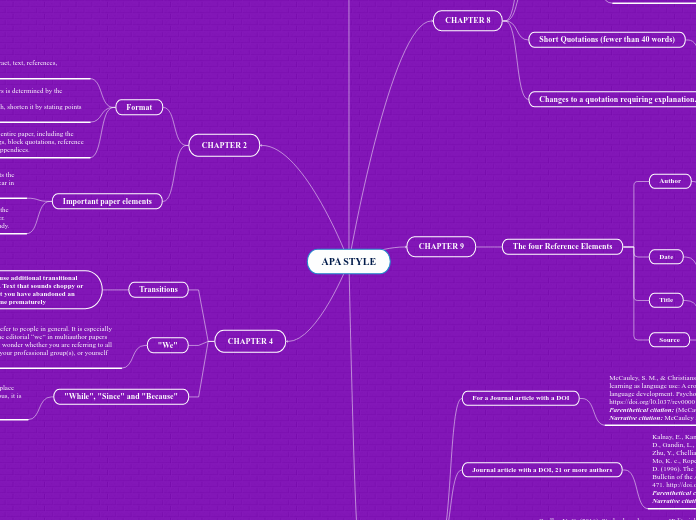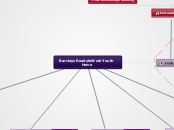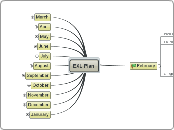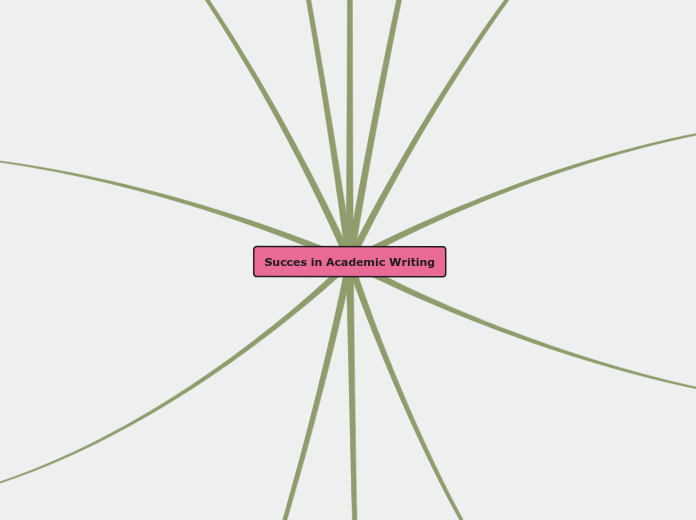APA STYLE
CHAPTER 4
"While", "Since" and "Because"
Use “While” to link events occurring simultaneously.
In case where the meaning of “since” is ambiguous replace “since” with “because”. If the meaning is not ambiguous, it is acceptable to use either “since” or “because” to mean”because”
"We"
Do not use “we” to refer to people in general. It is especially important to avoid the editorial “we” in multiauthor papers because readers may wonder whether you are referring to all people, members of your professional group(s), or yourself and your coauthors
Transitions
When editing your writing, use additional transitional devices to make it less choppy. Text that sounds choppy or disjointed may indicate that you have abandoned an argument or theme prematurely
-Time link (eg. Then, next, after, while, since)
-Cause-effect link (eg. Therefore, consequently, as a result)
Addition link (e.g. in addition, moreover, funrthermore, similarly)
-Contrast links (but, conseverly, nevertheless, however, although)
CHAPTER 2
Important paper elements
Appendices: This consist in material that supplements the paper’s content but is distracting in the text of the paper.
Include it only if it helps the readers understand the study.
Abstract: Brief comprehensive summary of the contents the format is limited to no more than 250 words, may appear in paragraph or structured format
Line spacing: Double space the entire paper, including the title page, abstract, text, headings, block quotations, reference list, table and figure notes and appendices.
Paper Length: For student papers is determined by the assignment guidelines
If paper exceeds the target length, shorten it by stating points clearly and directly
Order of pages: Title page, abstract, text, references, footnotes, tables, appendices
CHAPTER 10
Anthology
Gold, M. (Ed.). (1999). The complete social scientist: A Kurt Lewin reader. American Psychologieal Association. https://doi.org/10.1037/10319-000
Parenthetical citation: (Gold, 1999)
Narrative citation: Gold (1999)
Dictionary, thesaurus, or enciclopedia
American Psychological Association. (n.d.). APA dictionary of psychology. Retrieved June 14, 2019, from https://dictionary.apa.org/ Merriam-Webster. (n.d.).
Merriam-Webster.com dictionary. Retrieved May 5, 2019, from https://www.merriam-webster.com/
Zalta, E. N. (Ed.). (2019). The Stanford encyclopedia of philosophy (Summer 2019 ed.). Stanford University. https://plato.stanford.edu/archives/sum2019/
Parenthetical citations: (American Psychological Association, n.d.; Merriam-Webster, n.d.; Zalta, 2019)
Narrative citations: American Psychological Association (n.d.), Merriam-Webster (n.d.), and Zalta (2019)
Editorial
Cuellar, N. G. (2016). Study abroad programs [Editorial]. Journal of Transcu/tural Nursing, 27(3), 209. https://doi.org/10.1177/1043659616638722
Parenthetical citation: (Cuellar, 2016)
Narrative citation: Cuellar (2016)
Journal article with a DOI, 21 or more authors
Kalnay, E., Kanamitsu, M., Kistler, R., Collins, W, Deaven, D., Gandin, L., Iredell, M., Saha, S., White, G., Woollen, J., Zhu, Y., Chelliah, M., Ebisuzaki, W, Higgins, W, Janowiak, J., Mo, K. c., Ropelewski, c., Wang, J., Leetmaa, A., ... Joseph, D. (1996). The NCEP/ NCAR 40-year reanalysis project. Bulletin of the American Meteorological Society, 77(3),437-471. http://doi.orglfg6rf9
Parenthetical citation: (Kalnay et al., 1996)
Narrative citation: Kalnay et al. (1996)
For a Journal article with a DOI
McCauley, S. M., & Christiansen, M. H. (2019). Language learning as language use: A cross-linguistic model of child language development. Psychological Review, 126(1), 1-51. https://doi.org/l0.l037/rev0000126
Parenthetical citation: (McCauley & Christiansen, 2019)
Narrative citation: McCauley and Christiansen (2019)
CHAPTER 9
The four Reference Elements
Source
The source for a work that stands alone is the publisher of the work and it is divided in two parts:
DOI or URL
Periodical information
Title
That are part of a greater whole; for book and report references, enclose in parentheses after the title any additional information given in the publication for its identification and retrieval
Date
-year only;
-year, month, and day (i.e., an exact date);
-year and month;
-year and season; or
-range of dates
For not date refrences use: "n.d"
Author
-Invert all individual authors' names, providing the surname first, followed by a comma and the initials: Author, A. A.
-Use a comma to separate an author's initials from additional author names, even when there are only two authors
-Do not use a comma to separate two group authors
-When there are 21 or more authors, include the first 19 authors' names, insert an ellipsis.
-If an author has only one name, an inseparable multipart name, or a username only, provide the full name or username without abbreviation in both the reference list and the in-text citation.
CHAPTER 8
Changes to a quotation requiring explanation.
Omitting Material. Use an ellipsis to indicate that you have omitted words within a quotation. Either type three periods with spaces around (. . . ) or use the ellipsis character created by your word-processing program when you type three periods in a row ( … ) with a spece before and after.
Short Quotations (fewer than 40 words)
If a quotation consist of a fewer than 40 words, treat it as a short quotation: Incorporate in into the text and enclose it within double quotation marks. For a direct quotation, always include a full citation (parenthetical or narrative) in the same sentence as the quotation.
If the citation appears at the end of a sentence, put the end punctuation after the closing parenthesis for the citation.
Plagiarism
To avoid plagiarism, provide appropriate credit to the source wheneer you do the following:
-Paraphrase (i.e. state in your own words) the ideas of others
-Directly quote the words of others.
Appropiate level of citation
Cite the work of those individuals whose ideas, theories, or research have directly influenced your work. The number of sources you cite in your paper depends on the purpose of your work.
CHAPTER 7
Purpose of Tables and Figures: Attract attention
Figures
Figure components
Image: image portion of the figure is the chart, graph, photograph, drawing, or other illustration itself.
-Size and Proportion of Elements: Letters should be clear, sharp, and uniformly dark and should be sized consistently throughout the figure.
-Spelling, Capitalization, and Numbers Within Figure Images: labels, phrases, or words that serve as headings would be better set-in title case, whereas other descriptive phrases, sentences, or paragraphs within a figure would be better set-in sentence case.
Title: appears one double-spaced line below the figure number in italic title case and always must be clear and explanatory.
Number: appears above the figure in bold
-Number all figures that are part of the main.
-Using Arabic numerals
APA Style, a good figure, always check if images are clear, font is simple and legible, elements within the figure are labeled or explained,
Tables
Number all tables clear and explanatory title, clear and explanatory, identify what is in each column about the heading, in body include all the rows and columns of a table.
Notes: Begin each kind of note on a new line below the table body. A general note appears first. A specific note begins on a new line under a general note; subsequent specific notes begin on the same line.
Format
-Have a number
-A title
-A body (for tables) or an image (for figures)
-Notes as needed









